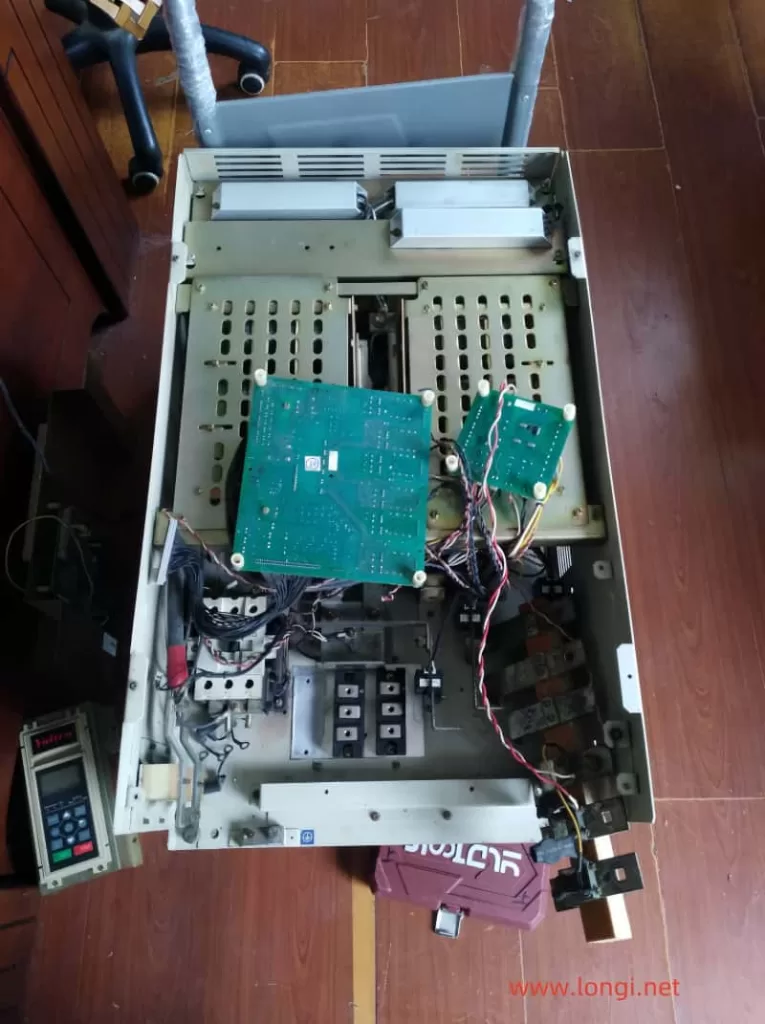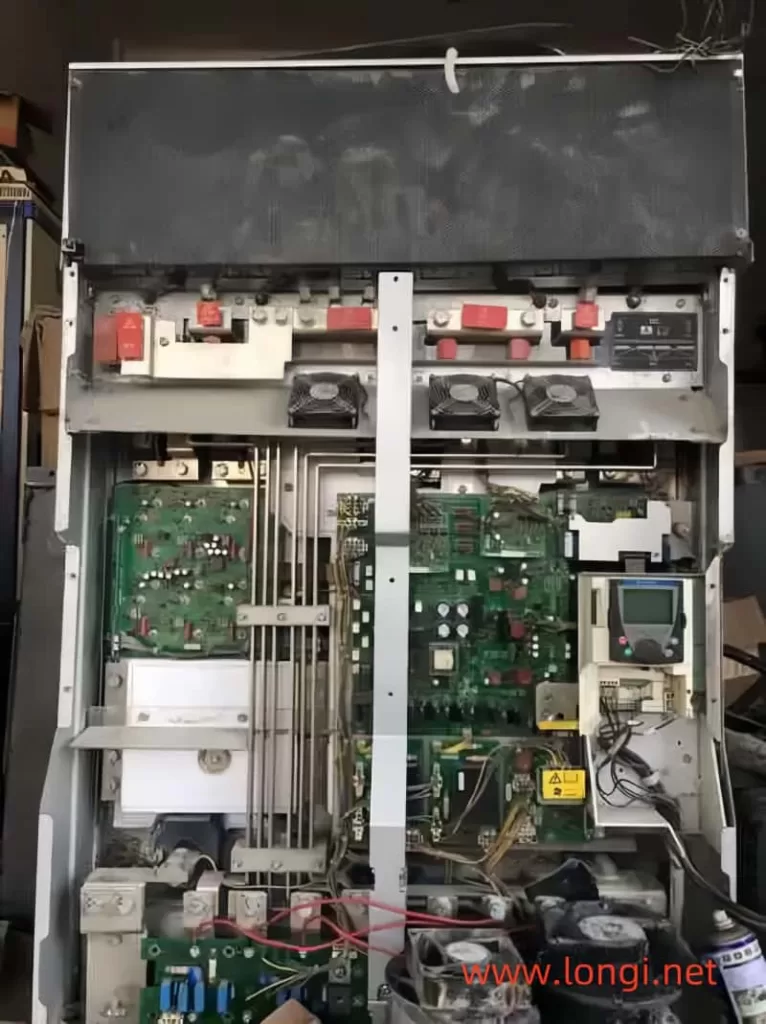In the gypsum board production industry, precision control of cutting, water supply, and belt conveyors is crucial. To achieve this, many facilities install frequency converters (VFDs) like those from the Comron brand. However, issues such as fluctuating frequency values and unexplained shutdowns can disrupt operations and reduce efficiency. This article delves into these problems, their causes, and effective solutions, ensuring your VFDs operate smoothly.

The Challenge: Frequency Fluctuations and False Shutdowns
During the installation of four low-power Comron VFDs in a control cabinet for synchronous speed control, significant fluctuations in displayed speed values were observed. These fluctuations were as high as ±30 revolutions, raising concerns about speed instability. Initially, grounding the main circuit’s G terminal and shielding the speed control signal line improved the situation but did not eliminate the problem entirely.
Further investigation revealed that the issue persisted even when running a single VFD unit, with fluctuations increasing when multiple units were operational. Despite attempts to resolve the issue, including consultations with the manufacturer, a definitive solution was not found. However, the problem was temporarily deemed tolerable and left unresolved.
A Similar Issue: Repeated False Shutdowns
In another gypsum board factory, a 3.7kW water supply VFD experienced repeated shutdowns, sometimes exceeding ten times a day. On-site observations showed erratic speed display values, with all three digits flashing, and the FWD indicator light also flashing intermittently. The VFD would either recover and continue operating or require a restart. Occasionally, it would display F000 and enter the parameter setting state inexplicably, suggesting external interference with the CPU’s operation.
Identifying the Root Cause: Signal Interference
Given the symptoms, it was evident that signal interference was the culprit. The VFD’s carrier wave, generated during operation, was entering the CPU’s I/O port via the operation panel’s connection cable. This interference caused fluctuations in input frequency and display values and, in severe cases, triggered random shutdowns.

Step-by-Step Solution: Combating Interference
- Conventional Grounding Treatment:
- As a first step, ensure proper grounding of the main circuit and shield the speed control signal line. While this may offer some improvement, it often does not completely resolve the issue.
- Adjusting Carrier Frequency:
- Lowering the VFD’s carrier frequency to the minimum setting (e.g., 2kHz) can reduce interference. This step may provide slight improvements but is usually not sufficient on its own.
- Shielding the Connection Cable:
- Wrapping a layer of tin foil around the cable connecting the control panel to the VFD can further reduce interference. This method is effective but may not be the most elegant or long-term solution.
- Using Magnetic Rings:
- The most effective solution involves installing magnetic rings on the signal line. Purchase magnetic rings with a moderate diameter and wind 2-3 turns at each end of the connecting wire. This simple yet powerful method can eliminate speed value fluctuations and stabilize VFD operation.
Results: Stable and Reliable Operation
After implementing the above steps, particularly the use of magnetic rings, the displayed speed value stabilized, and the flashing FWD indicator light ceased. Even the smallest fluctuations disappeared, ensuring consistent and reliable VFD performance.
Conclusion: Ensuring Smooth VFD Operation
Frequency fluctuations and false shutdowns in Kemron VFDs can disrupt production and reduce efficiency. By understanding the root cause—signal interference—and implementing targeted solutions, you can ensure your VFDs operate smoothly and reliably. Grounding treatments, adjusting carrier frequencies, and shielding connection cables are helpful steps, but using magnetic rings is the most effective solution. With these measures in place, you can maintain precise control over your gypsum board production process, enhancing productivity and quality.
By addressing these issues proactively and implementing the recommended solutions, you can avoid costly downtime and ensure your VFDs contribute to the success of your gypsum board production operations.
